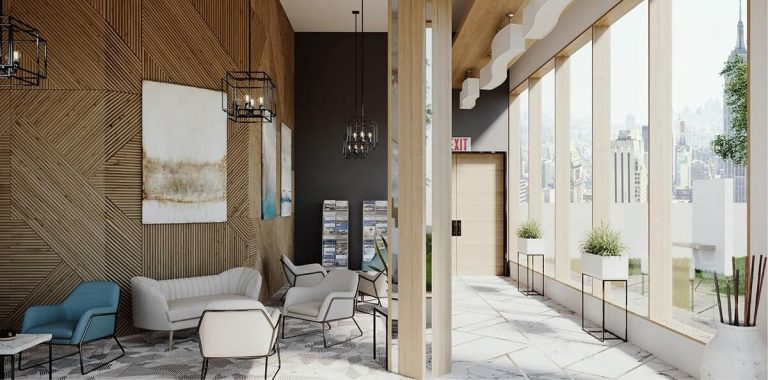In the fast-paced world of interior design, visualizing and conveying ideas to clients is a crucial aspect of the creative process. Interior design rendering, the art of creating realistic and immersive visual representations of spaces, has become a powerful tool to bringing concepts into reality.
Beyond its technical advantages, interior design rendering has a profound impact on the customer experience, tapping into the psychology of perception and emotions. This blog post explores the fascinating relationship between interior design rendering and the customer experience, shedding light on how these digital mock-ups influence clients’ decisions and emotional connections to their dream spaces.
1. Empowering Imagination
Interior design rendering serves as a potent tool to ignite the client’s imagination. By presenting detailed and lifelike visualizations of spaces, designers allow clients to see the potential of a design before construction even begins.
This visual empowerment triggers an emotional response, inspiring clients to engage deeply with the project. They can better visualize themselves in the space, fostering a sense of ownership and attachment to the design. We all know that seeing is believing, and the vivid imagery of interior design rendering helps clients believe in the transformation that is about to unfold.
2. Emotional Connection
Designing a space is not merely a utilitarian endeavor; it’s an emotional one. Clients seek environments that resonate with their personalities, values, and aspirations. Interior design rendering enables designers to capture the essence of a client’s vision and bring it to life visually.
By infusing the design with personalized elements, such as color schemes, textures, and furniture choices, clients can connect emotionally with the space, evoking feelings of comfort, joy, or relaxation. This emotional connection plays a pivotal role in the overall customer experience, as it deepens the bond between the client and designers involved.
3. Reducing Uncertainty
One challenge of interior design is to help with overcoming customer uncertainty. Clients often struggle to visualize abstract concepts and may feel hesitant to commit to a design they can’t fully grasp. Interior design rendering serves as a solution to this problem by offering a tangible representation of the proposed design. By reducing uncertainty and ambiguity, clients gain confidence in their decisions. This increased confidence translates into a smoother design process and a higher level of trust between the client and the design team.
4. A Sense of Realism
The level of realism achieved in modern interior design rendering is astounding. With advancements in technology, renderings can now simulate natural lighting, shadows, and materials with incredible accuracy. This realism enables clients to immerse themselves in the virtual space, blurring the line between the digital and physical worlds.
As clients explore the rendering from different angles, they experience a sense of presence and authenticity that aids in decision-making. Moreover, this realistic visualization helps manage expectations, ensuring that clients have a clear understanding of what the final result will look like.
5. Evoking Excitement
Excitement is a potent emotion that fuels positive experiences. Interior design rendering has the power to spark excitement within clients as they witness their dream spaces taking shape visually.
The anticipation of seeing the renderings can turn the design process into an exhilarating journey for the clients. This heightened emotional state can be contagious, spreading enthusiasm to the design team and fostering a collaborative and energetic atmosphere throughout the project.
In conclusion, the psychology of interior design rendering and the customer experience are intricately intertwined. By empowering imagination, fostering emotional connections, reducing uncertainty, providing a sense of realism, and evoking excitement, interior design rendering plays a pivotal role in creating positive and meaningful interactions between clients and their dream spaces. As technology continues to advance, there is a great opportunity to drive deeper emotional engagement and enhanced customer experiences in the realm of interior design.

